When it comes to performance upgrades for your bike, ceramic bearings are one of the most contentious.
Lusted after by some and dismissed by others, ceramic bearings either offer valuable watt savings or such a minimal advantage for their price that they’re considered a frivolous investment.
To find out more about the advantages and disadvantages of ceramic bearings compared to conventional steel bearings, I spoke to three industry experts on both sides of the debate, to get their take on whether or not ceramic bearings are a worthwhile investment.
I also asked for insight into the manufacturing process behind ceramic bearings to give some context into how they are made and what leads to any performance claims.
But, before we delve into the pros and cons of ceramic bearings and consider whether they are a worthwhile upgrade, let’s establish exactly what ceramic bearings are, where they are used on bikes and why.
What are ceramic bearings? And why do cyclists use them?

Ceramic bearings perform the same function as conventional steel bearings, helping the moving parts of your bike turn with ease (we’ve got a full guide to bike bearings if you want to know more).
The difference between ceramic and steel bearings is, of course, the material. Made from silicon nitride, ceramic bearings are heralded for their reduced rolling resistance, increased hardness and longevity.
Ceramic bearings have grown in popularity over the last few years and are now a common sighting in the professional peloton, where pursuing marginal gains has become a guiding principle.
However, they are also popular with many amateur riders seeking the ultimate performance upgrade, or riders particularly concerned with efficiency, such as those racing time trials.
Where are ceramic bearings used on a bike?
Ceramic bearings are used across the bike where reduced friction and improved durability are desired, including in hubs, bottom brackets, pulley wheels and headsets.
Many ceramic bearings are, in fact, hybrid bearings, that use ceramic balls inside steel bearing races. They are available across road and off-road disciplines.
Ceramic bottom brackets
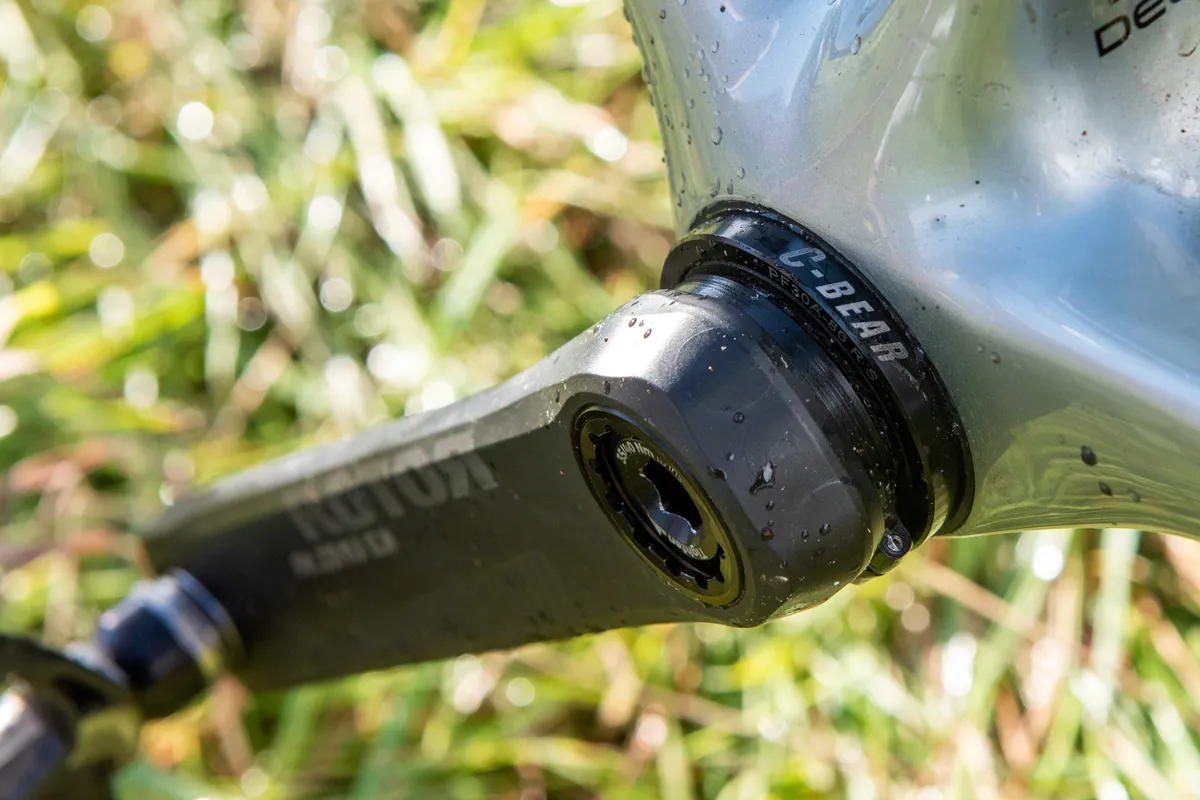
The bottom bracket is one of the most common places to find ceramic bearings, with brands such as CeramicSpeed, C-Bear, Wheels Manufacturing and FSA offering a variety of bottom bracket standards with ceramic bearings, or ceramic bearing kits that replace steel bearings as an upgrade option in existing bottom brackets.
Ceramic bearings in hubs
Wheel hubs are also one of the most popular places to use ceramic bearings on a bicycle.
Many brands offer hubs or wheels with standard steel bearings or with ceramic bearings. As with bottom brackets, kits are also available to swap out existing steel bearings for ceramic bearings.
Ceramic pulley wheels
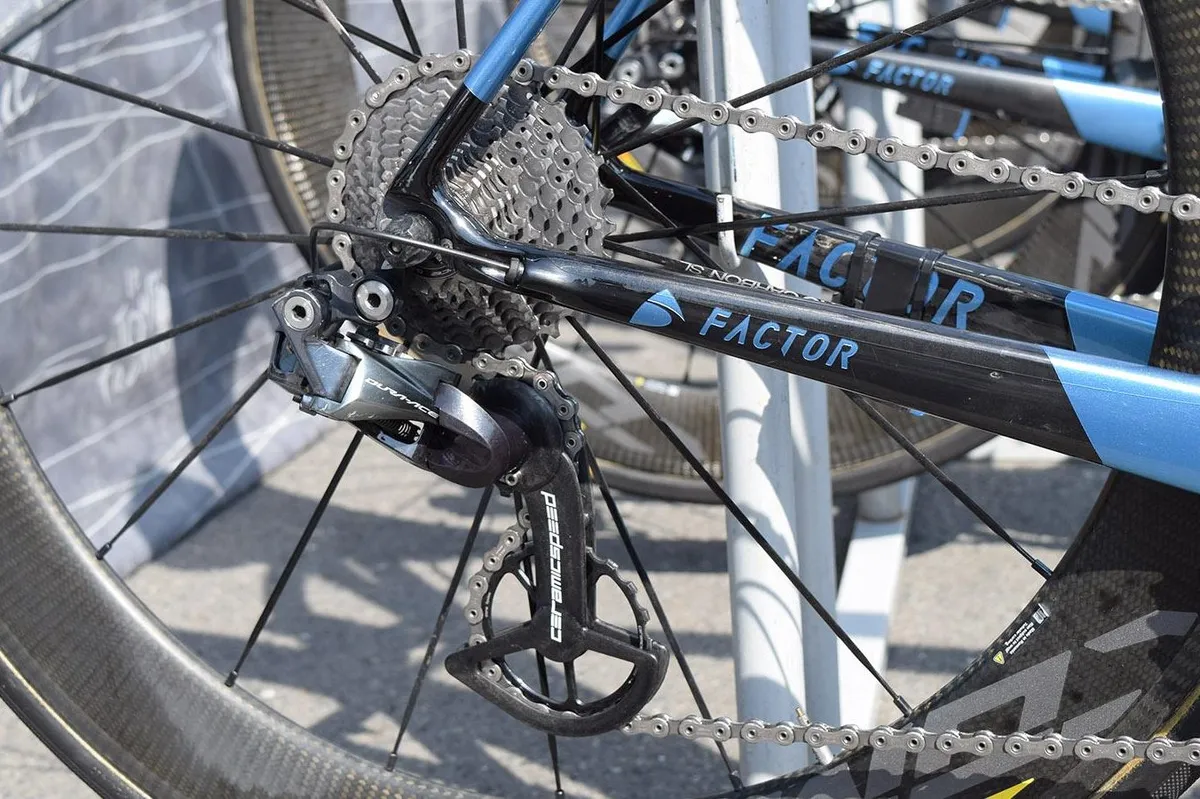
Upgrading pulley wheels (also known as jockey wheels) on the rear derailleur to ceramic bearings is another opportunity to curtail energy loss, as is swapping out standard jockey wheels for oversized pulleys.
Ceramic headsets
Why opt for ceramic headset bearings? Saving watts here isn’t exactly a priority, after all. But the claimed non-corrosive and long-lasting properties of ceramic bearings are what’s important, potentially helping to reduce the frequency of headset servicing and ultimately replacement.
How are ceramic bearings made?
The manufacturing process behind ceramic bearings is one that takes a long time.
Paul Sollenberger, CeramicSpeed’s senior technical & sales education specialist, says the brand’s bearings take between 60 to 70 days to manufacture, depending on the size of the bearing – much longer than a standard steel ball bearing.
Ceramic bearings start life as silicon nitride powder, which is then taken through a process called hot isostatic pressing.
It starts with the fine powder slowly being compressed into an initial ball shape. Then, the powder is exposed to heat and additional compression for around 30 hours to condense the material again closer to the desired final measurements.
Once this has taken place, a cooling and pressure release stage is undertaken for the same amount of time to stop the bearings from shattering or becoming brittle.
Once the bearings are cool, they are then exposed to roughly 30 days of grinding and lapping, a process that eliminates the mould lines and gets them even closer to the desired final size.
The final stage is slurry polishing, where the bearings are exposed to a polish that removes any further raised sections, and water polishing, which Sollenberger says delivers “the smoothest surface finish and precise sphericity measured within 0.001mm.”
What are the pros and cons of ceramic bearings on a bike?
There are two key claimed benefits to ceramic ball bearings:
- They can reduce rolling resistance
- They can increase the lifespan of components
However, these potential advantages do come with drawbacks that, for many riders, might make ceramic bearings feel like an unjustified upgrade.
Also, while ceramic bearings do offer a weight saving (they can weigh 50 per cent less than steel bearings), the reduction in weight is almost completely negligible when viewed in the context of a whole bike.
Watt savings and lifespan of ceramic bearings
In testing conducted by CeramicSpeed, its own pulley wheels with ceramic bearings proved the most energy-efficient, consuming 0.033 watts. Or, in other words, this was the amount of energy lost in transmission.
For comparison, the testing showed the least efficient was Shimano Acera – one of Shimano’s cheapest component families, so perhaps not the fairest comparison – which consumed 1.370 watts.
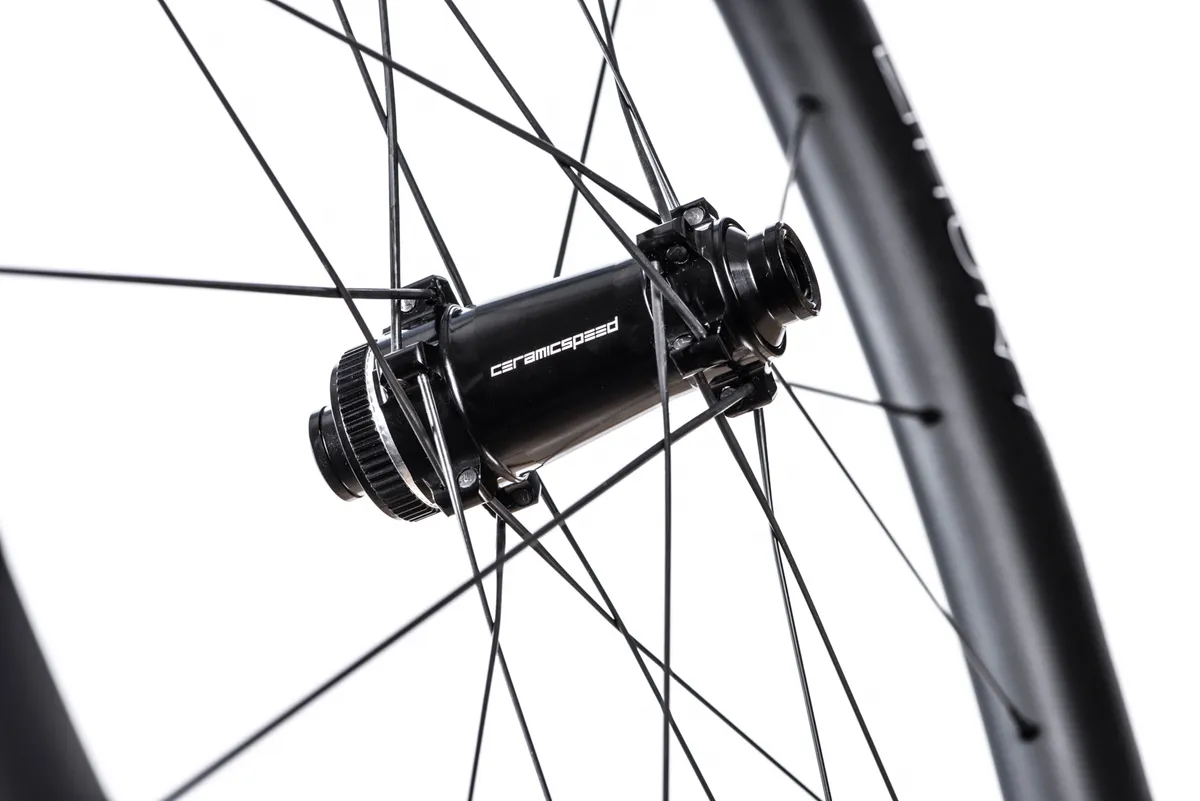
Ollie Gray, road and gravel brand manager for The Rider Firm, which offers CeramicSpeed bearings in its Hunt wheels, points out the benefits of using CeramicSpeed bearings across a bike: “CeramicSpeed’s own testing shows that with their bearings in your hubs, pulley wheels, and bottom bracket, you’ll save in the realm of 6-9 watts compared to a standard steel bearing.
"It may not sound like a lot, but if you asked any pro rider, they’d tell you 10w can be the difference, certainly in time trial situations or solo breakaways.”
Part of the reason ceramic bearings offer a watt saving advantage is due to the exacting sphericity of the balls, as Sollenberger explains: “Ensuring the sphericity of the balls being equal within the bearing allows the bearings to carry rider loads without stressing the balls or races, and allowing better performance with less lubrication requirements.”
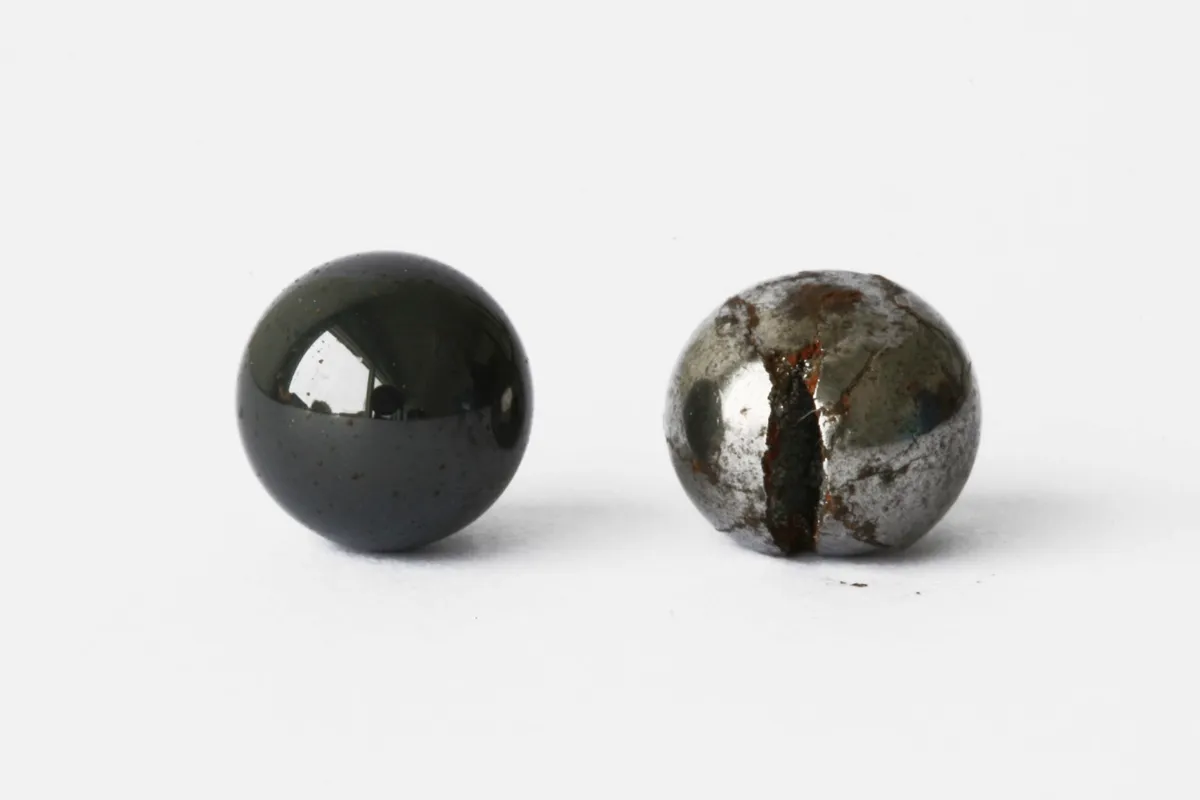
The hardness of ceramic balls is also a factor here, according to Sollenberger.
He says ceramic bearings are said to be three to five times harder than steel bearings and, as a result, can withstand the force applied to them through chain tension and pedalling for longer.
“The ceramic balls also insulate the steel races,” says Sollenberger. “Without steel on steel contact, corrosive wear can only occur when contamination is allowed to reside within the bearings for a prolonged amount of time”, he continues.
“If light contact seals and thin greases were to be used on steel bearings in an attempt to increase efficiency, the exposed steel on steel interface will quickly allow corrosion and deterioration that ruins bearings.”
Ultimately, Sollenberger says these characteristics improve the efficiency and longevity of hybrid ceramic bearings over steel bearings, but lighter lubrication does have consequences.
Are ceramic bearings high maintenance?
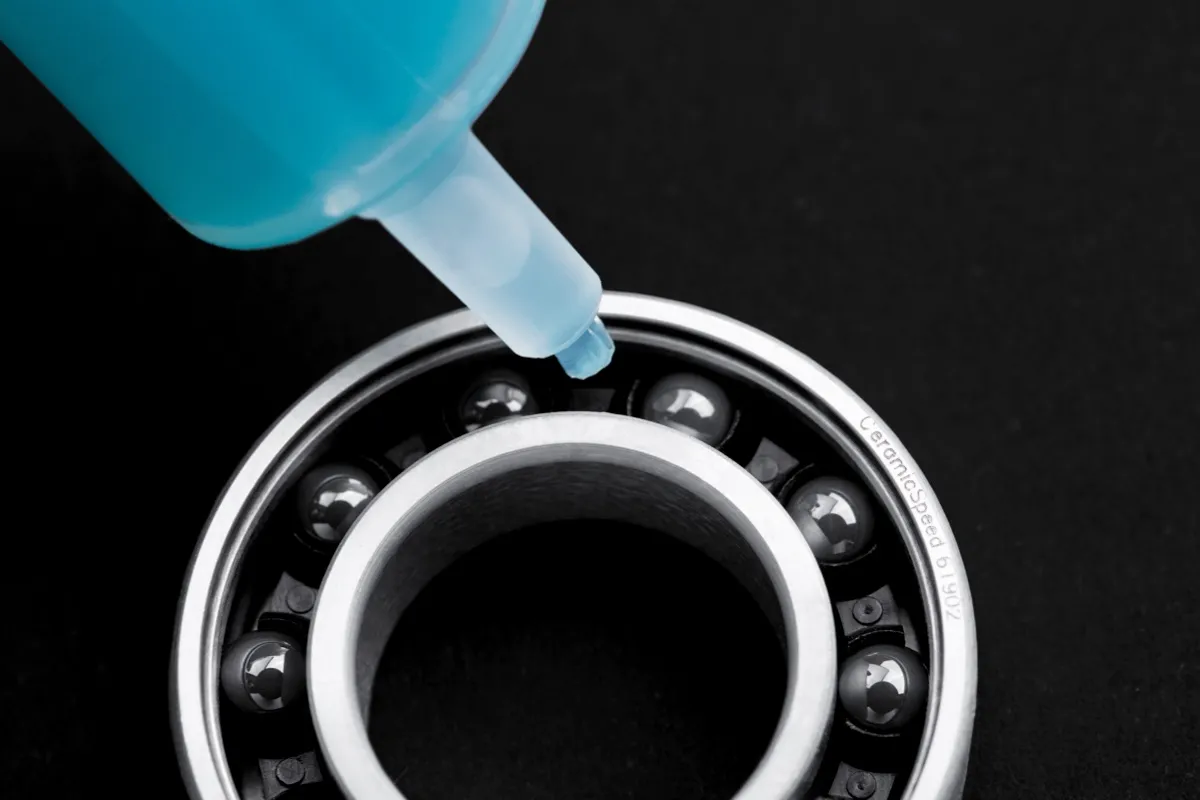
When asked what could constitute a drawback to ceramic bearings, Sollenberger says that “the requirement of maintenance can be a surprise to some users.”
CeramicSpeed has the expectation that its bearings will be serviced once or twice a year, over the course of their lifespan.
This expectation is what “successfully allows the use of light contact seals and optimised greases that deliver exceptional efficiency plus long lifetime”, Sollenberger says.
For riders seeking the advantages that ceramic bearings offer, then, the willingness to service and maintain the bearings is an important factor to consider.
For some, the time (and, potentially, money) spent servicing and maintaining bearings will be justified, but for others, it simply won’t be. Of course, it is worth remembering that servicing any bearings will help them last longer.
Only the best will do
Maxime Brunand, head of product management at Mavic, sums up the drawbacks of ceramic bearings in one word: “Cost.”
Like Gray and Sollenberger, Brunand says that ceramic bearings offer lower rolling resistance as well as increased lifespan, but he caveats this by saying “that’s on paper” and “not necessarily in real life, considering bearing brands, quality level and riding conditions.”
He also says that “The gain of ceramic bearings versus good quality standard bearing is minimal”, and that “Good quality standard bearings are better than poor quality ceramic bearings.”
Sollenberger says it is possible that brands not using high-quality ceramic balls or adhering to the relevant manufacturing standards (meeting ISO 9001) “will end up with bearings that do not hold up over time, will require heavier grease and seal selection, and overall perform below expectation."
But he adds: “Good quality standard bearings are better than poor quality ceramic bearings".
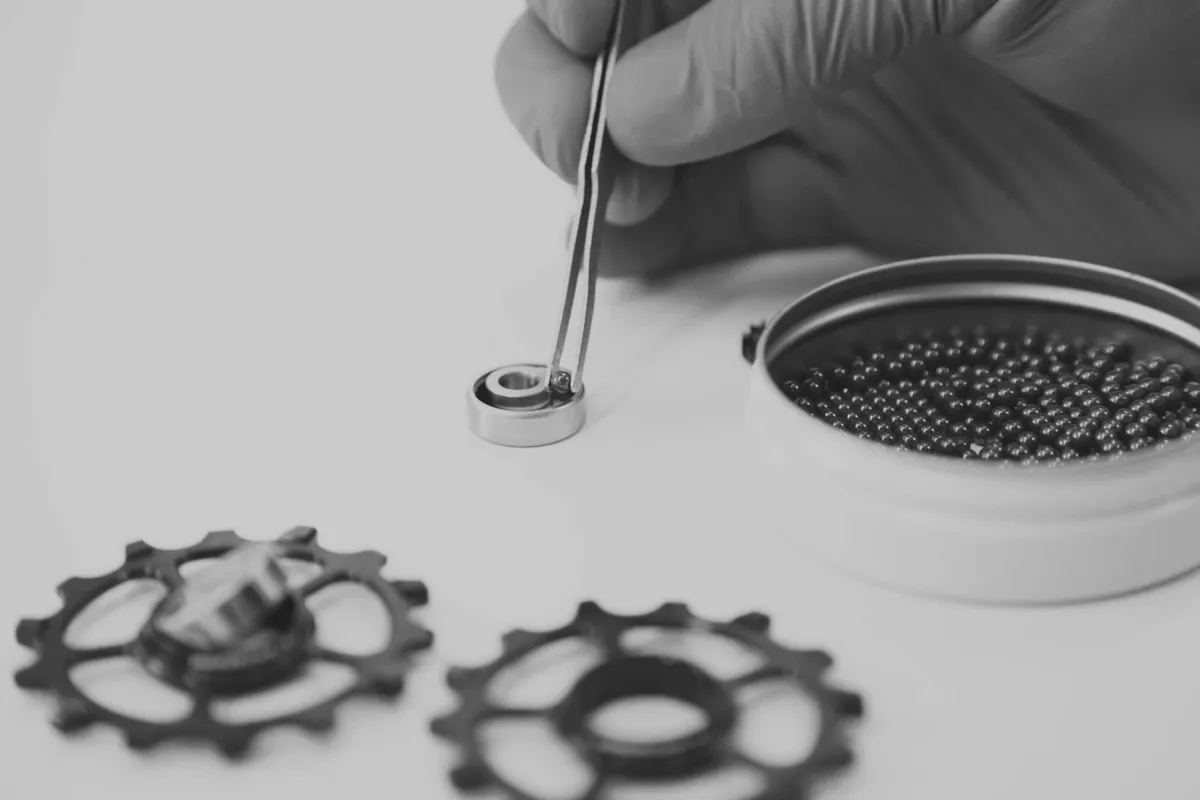
Bottom bracket testing by Friction Facts back in 2013 found that the difference in drag between the top steel models and the best ceramic models was just 0.03 watts. Further to that, three of the comparable steel and ceramic bottom brackets posted lower friction values for the steel bearings.
Consequently, harnessing the potential benefits of ceramic bearings is by no means a cheap endeavour.
A CeramicSpeed bottom bracket, for instance, can cost up to £289.99 / $359.99, making even the very best steel bearing bottom brackets look remarkably affordable.
When it comes to cost, Brunand says any potential benefit of ceramic bearings, whether in the lab or on the road, simply can’t be justified.
Instead, he says it is better for riders “to work on properly maintaining your bike, transmission, tyre pressure and body position to lower aero drag and save watts, than investing a lot in ceramic bearings.”
Ollie Gray of Hunt says the cost is a result of working with the best materials and the precise manufacturing process, but he does echo Brunand in encouraging riders to focus elsewhere before chasing any gains.
“When deciding on spending a few hundred pounds (or dollars) on [improving efficiency by] ~10 watts, then as a rider you have to balance that against where else you might be able to find that additional efficiency, perhaps in the form of a few months with a coach, or some wind tunnel time to improve your position in order to reduce drag.”
It is then, swings and roundabouts, with brands aware that there are plenty of other cost-effective tactics out there to improve a rider’s speed or efficiency, before chasing any marginal gain, while still wanting to provide consumers with the option to upgrade to ceramic bearings.
Even Brunand, after explaining why Mavic chooses not to offer the bearings in its wheels, points out that riders can upgrade their Mavic wheels to ceramic bearings.
So, should you buy ceramic bearings?
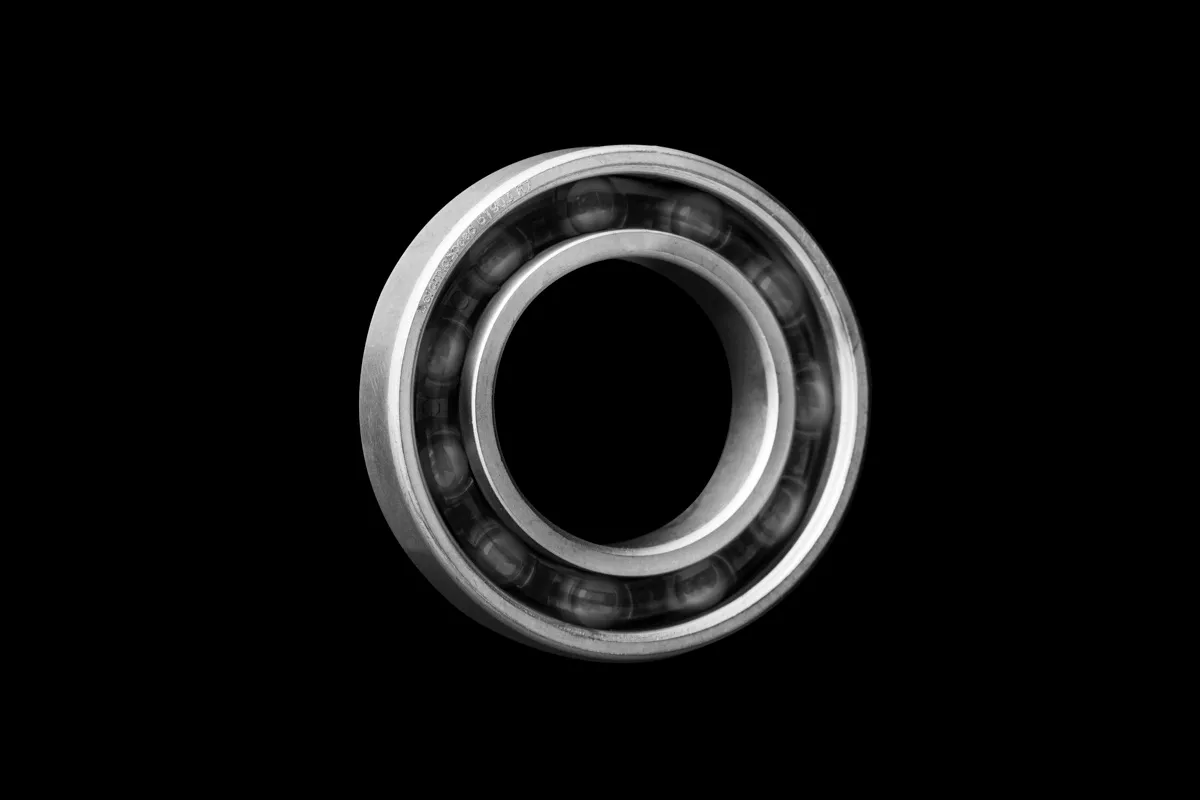
The cost of ceramic bearings versus any potential performance benefit is extreme, especially when stacked up against other factors such as maintenance and the performance of high-quality steel bearings.
This will immediately rule out ceramic bearings for the majority of riders, who either don’t seek the marginal savings ceramic bearings might offer, or simply place emphasis elsewhere.
For example, trading low drag for the high durability that comes with robust seals and lubricants that will keep bearings working through the worst weather and the depths of winter.
When considering whether the cost of ceramic bearings is worth it, Sollenberger says that any rider could benefit from a bearings upgrade but it depends on other factors such as riding goals and current setup.
“Looking at the practical benefits,” he says, “any rider deciding between an Ultegra or Dura-Ace build (or Force vs Red, Chorus vs Record/Super Record) would get more performance for the price by upgrading an Ultegra build with CeramicSpeed components rather than a stock Dura-Ace build.
“Riders that choose to ride Dura-Ace, Red AXS, and Record/Super Record are doing so to know and show they use the best equipment – and for modern bikes, these builds are not complete without a performance upgrade with quality ceramic bearings.”
Ultimately, ceramic bearings are an option for riders chasing any potential gain, regardless of cost, as well as those who simply want the best.
For most riders, however, the real-world advantages of ceramic bearings are difficult to stack up against the added expense.
